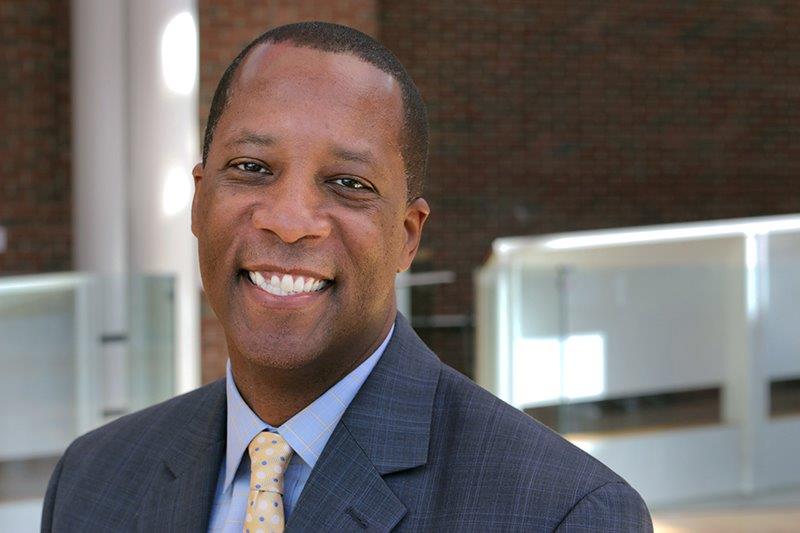There are several things that have held constant in my life: being a Black man; an unyielding commitment to social and economic justice; and a desire for meaningful impact during my time in this world. At the center of these threads are countless conversations about the role and value of diversity, equity and inclusion.
Earlier in my career, these discussions started with the hope of discovering new paths and practices. Unfortunately, too many left me screaming on the inside “Why is this so hard?!” These days I am taking action to partner with colleagues to not only join and lead these types of discussions but design and test new ideas.
I had the opportunity to reflect on this at GEO’s recent Equitable Evaluation Teaching Case workshop. The room was full of grantmaking professionals committed to driving an equity
focus into their work. And although the individuals were mostly unfamiliar to me, the conversations regarding the tensions, pain, missed opportunities, and confusion associated with an equity focus were very familiar. Minds and hearts were all in, however, the lift required to shift practice felt overwhelming at times. The principles developed by the Equitable Evaluation Initiative (EEI) are critical for changing the dialogue about how to center evaluative work when equity is the priority.
Based on my conversations there – and numerous others I’ve had with funders and practitioners alike – I am eager to test ideas that leverage the thinking and principles of EEI with bite-sized
actions that can channel the anxiety often associated with integrating diversity, equity and inclusion into efforts designed to improve the paths and outcomes of communities. I am offering some structure for organizations and practitioners at the center of this work.
My organization, Project Evident, helps practitioners collect and use data and evidence to inform
decision-making, improve programs, and ultimately achieve greater impact for the communities they serve. We believe the next generation of evidence must be practitioner-led, embrace research and development, and elevate community voice to inform the work of practitioners in the field. So not surprisingly, our entry point into DEI is around evidence and data: How can practitioners integrate DEI into their evidence-building processes to ensure equitable outcomes?
We’ve been working to develop what we call the Diversity, Equity, and Inclusion (DEI) Evidence Matrix, a structured process for promoting and integrating a diversity, equity and inclusion framework into the evidence building activities of an organization. The framework was crafted based on feedback from practitioners and funders, and we’ve worked to integrate the Equitable Evaluation principles (along with other promising approaches). It’s a “scaffolding” of sorts for putting intention into action, helping organizations consider their current evidence building with a DEI lens and identify learning questions and next steps.
For example, social sector leaders and practitioners can integrate DEI considerations into general best practices for continuous evidence building and program improvement, including:
-
Fostering a learning culture: Support equal access to knowledge, learning and decision making across staff at all levels and demonstrate how staff, beneficiary and community feedback shape innovations, improvements and evidence building. All staff can learn
from and act on evidence to improve outcomes. - Theory of Change: A theory of change is foundational for an organization’s outcome measurement strategy. En sure that your theory of change is informed by the needs and voices of beneficiaries, community members and staff with lived experiences similar to those you serve. And that assumptions underlying the theory of change are shared with them. Be willing to adjust the theory of change based on what you learn.
-
Collecting and analyzing data: Develop data collection tools and processes that are respectful and responsive to the needs of different groups. Collect disaggregated data to understand participation and outcomes by varying characteristics and address
disparities, including race, ethnicity, gender, income level, among others. Check for potential bias in data sets and learning/research questions. - Sharing data and evidence: Data literacy varies widely, so developing visualizations and reports that make data user-friendly, culturally responsive and easily accessible can help staff at all levels and from all backgrounds engage with data and derive value from them.
We, by no means, have this figured out. Project Evident has taken steps like others, fallen, gotten up, and, although unsteady, we endeavor to move forward.
Like many of the efforts that we share with partners, Project Evident will be “eating our own cooking” in using the DEI Evidence Matrix to assess for our next steps in striving for inclusive practices and equitable outcomes. Our hope is that ultimately, the DEI Evidence Matrix will be a tool that supports the alignment of key stakeholders and the intentional building of diversity, equity and inclusion into evidence and evaluation practices. We would be honored to have you join us on this learning journey. Let’s support practitioners leading with equity.

